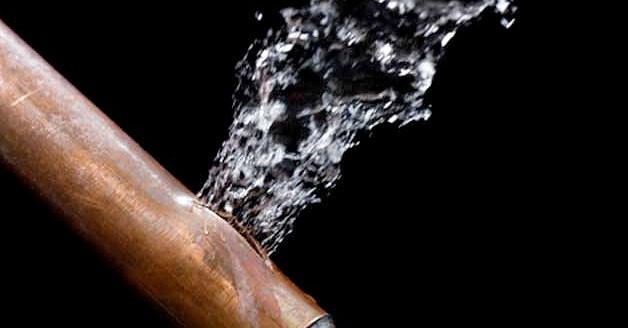This article listed below involving Hacks to detect leaks is relatively compelling. Give it a go and draw your own conclusions.

Early detection of dripping water lines can minimize a possible catastrophe. Besides saving you cash, it will reduce the aggravation and also frustration. The minute you locate a leakage, calling your plumber for repair services is the very best service. Nevertheless, some tiny water leakages might not be visible. If you can not detect it with your nude eyes, right here are some hacks that help.
1. Take A Look At the Water Meter
Every house has a water meter. Inspecting it is a surefire manner in which helps you uncover leaks. For beginners, switch off all the water sources. Make certain no one will certainly purge, use the tap, shower, run the cleaning device or dishwashing machine. From there, most likely to the meter and watch if it will transform. Since no one is using it, there must be no activities. That suggests a fast-moving leak if it relocates. Similarly, if you detect no changes, wait an hour or 2 and also examine back once more. This suggests you might have a sluggish leak that could even be below ground.
2. Check Water Intake
If you spot unexpected adjustments, despite your usage being the very same, it suggests that you have leaks in your plumbing system. An unexpected spike in your expense indicates a fast-moving leak.
On the other hand, a constant rise every month, even with the exact same practices, shows you have a sluggish leak that's likewise slowly intensifying. Call a plumber to extensively inspect your property, specifically if you really feel a warm area on your flooring with piping beneath.
3. Do a Food Coloring Test
When it comes to water intake, 30% comes from toilets. If the shade in some way infiltrates your bowl during that time without flushing, there's a leakage in between the container and also bowl.
4. Asses Exterior Lines
Do not fail to remember to check your exterior water lines as well. Should water permeate out of the connection, you have a loosened rubber gasket. One small leakage can lose lots of water and also surge your water bill.
5. Evaluate the scenario and check
Homeowners must make it a behavior to check under the sink counters as well as also inside cabinets for any type of bad odor or mold and mildew development. These two red flags suggest a leak so timely focus is required. Doing routine assessments, also bi-annually, can conserve you from a significant trouble.
Examine for discolorations as well as damaging as most devices and also pipes have a life expectancy. If you think dripping water lines in your plumbing system, do not wait for it to rise.
Early discovery of dripping water lines can minimize a potential disaster. Some tiny water leaks might not be noticeable. Inspecting it is a guaranteed method that assists you discover leaks. One tiny leakage can throw away bunches of water and also increase your water expense.
If you think leaking water lines in your plumbing system, do not wait for it to rise.
WARNING SIGNS OF WATER LEAKAGE BEHIND THE WALL
PERSISTENT MUSTY ODORS
As water slowly drips from a leaky pipe inside the wall, flooring and sheetrock stay damp and develop an odor similar to wet cardboard. It generates a musty smell that can help you find hidden leaks.
MOLD IN UNUSUAL AREAS
Mold usually grows in wet areas like kitchens, baths and laundry rooms. If you spot the stuff on walls or baseboards in other rooms of the house, it’s a good indicator of undetected water leaks.
STAINS THAT GROW
When mold thrives around a leaky pipe, it sometimes takes hold on the inside surface of the affected wall. A growing stain on otherwise clean sheetrock is often your sign of a hidden plumbing problem.
PEELING OR BUBBLING WALLPAPER / PAINT
This clue is easy to miss in rooms that don’t get much use. When you see wallpaper separating along seams or paint bubbling or flaking off the wall, blame sheetrock that stays wet because of an undetected leak.
BUCKLED CEILINGS AND STAINED FLOORS
If ceilings or floors in bathrooms, kitchens or laundry areas develop structural problems, don’t rule out constant damp inside the walls. Wet sheetrock can affect adjacent framing, flooring and ceilings.
https://www.servicemasterbyzaba.com/blog/how-to-detect-water-leakage-in-walls/

As an avid person who reads about Locating water leaks, I was thinking sharing that piece of content was sensible. So long as you liked our blog posting if you please don't forget to pass it around. I take joy in reading our article about Finding hidden leaks.